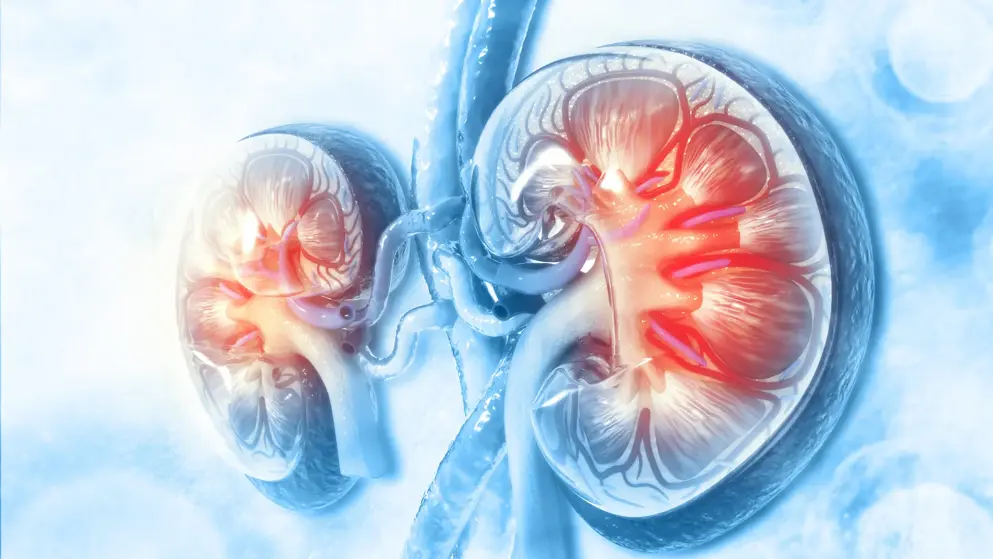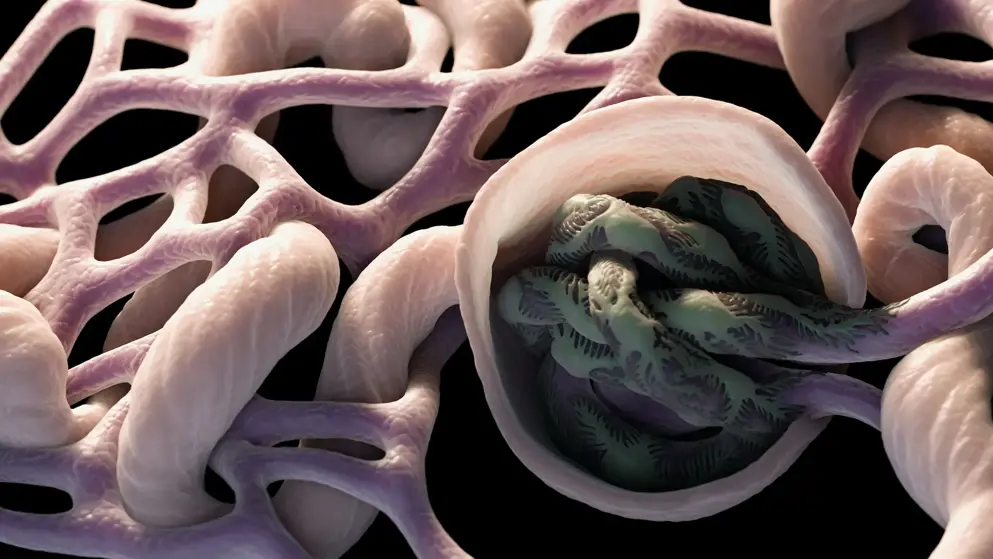Infections-associated Glomerulonephritis
Infections-associated Glomerulonephritis
Glomerulonephritis, secondary to bacterial, or, more rarely, viral or parasitic infections, is called infection-associated. The epidemiology of infection-associated glomerulonephritis has changed in recent decades. For a long time, the classic form has been acute poststreptococcal glomerulonephritis (APGN), but in developed countries its incidence has declined sharply. However, there is an increase in staphylococcal associated glomerulonephritis (SAGN). The clinical manifestations of APGN and SAGN are different: APGN typically presents with a glomerulonephritis after an infectious latency period (post-infectious), while SAGN typically shows an immune complex glomerulonephritis concomitant with infection (para-infectious). SAGN often presents with an occult infections in older patients with multiple comorbidities.
Read abstract on library site Access full article
Featured Learning Zones
You may be interested in...
The 2023 update of the German Society of Neurology’s guideline on Parkinson’s disease (PD) provides detailed recommendations on the use of transcranial brain parenchyma sonography (TCS) for early and differential diagnosis. This update addresses previously unspecified diagnostic criteria and investigator qualifications, offering a robust framework based on a systematic literature review.




